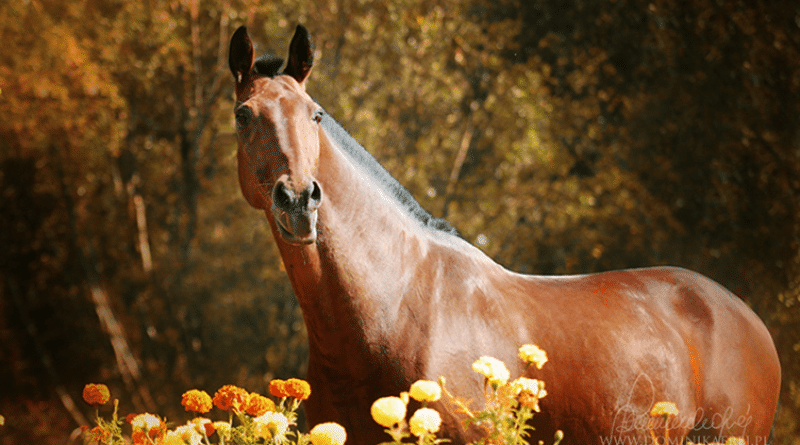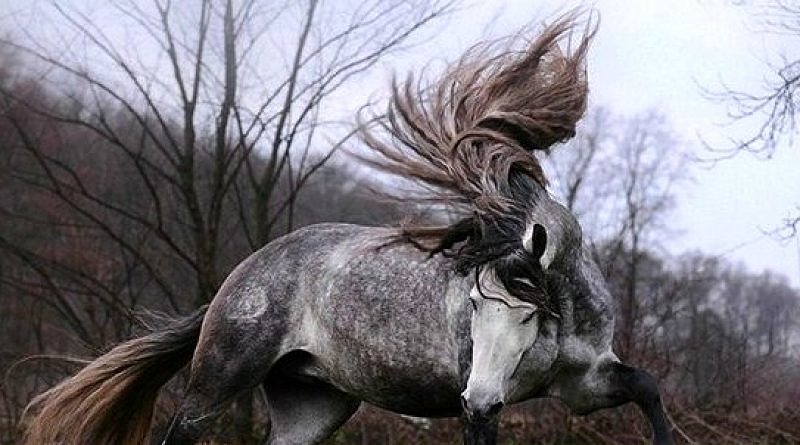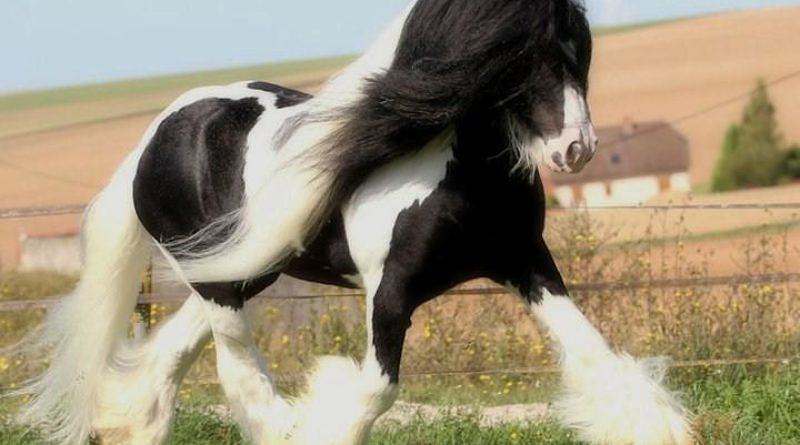To hog or not to hog?
Cob owners especially, frequently find themselves struggling with this dilemma. What are the practical considerations and health implications of this practice? And should you hog your cob?
Hogging, also known as ‘roaching’ in the US, is the practice of shaving or cutting short a horse’s mane and often, as in the case of feathered cobs, also clipping the horse’s legs so that they are clean of long hair. The forelock isn’t always cut and may be left long depending on the reason for hogging and breed tradition.
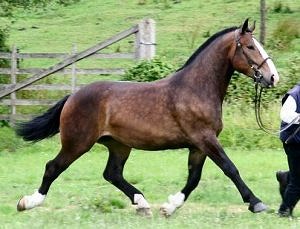
The question of whether to hog a cob or not is a very common dilemma! Hogging is required to show cobs in certain classes and can also make a particularly rugged cob look much neater.
But are there any reasons you might want to hog beyond simple appearances?
Health benefits
Cobs and other horses with heavy leg feathering can be prone to infections and parasites. Long hair can trap warmth and moisture and provide an ideal environment for nasty microorganisms to thrive in such as Dermatophilus and Staphylococcus bacteria, which can cause mud fever. Fungal infections can also occur due to these moist conditions.
As the name would suggest, a horse’s feathering can also harbour feather mites – of which there are multiple species, each with its own mode of attack. Some of these mites can even spread to other parts of the horse and can become a source of severe irritation. There are also mites that prefer the mane and/or tail.
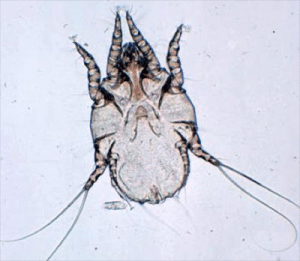
Clipping the long hair on legs can make maintaining dry, clean legs a much easier task – especially if your horse’s turnout gets wet and muddy! Without clipping, some horses that live outdoors or do not get a chance to dry off fully will have permanently moist lower legs in the winter months, a situation that also weakens the skin itself, opening them up to injury and secondary infection even further.
So while it is definitely possible to maintain a healthy feathered horse year-round, clipping certainly makes the task easier!
But surely it’s unnatural…
A common objection to the idea of hogging is that it is ‘unnatural’ and will in some way interfere with the horse’s ability to cope with its environment. While this is an obvious knee-jerk reaction to have, it’s actually not very accurate.
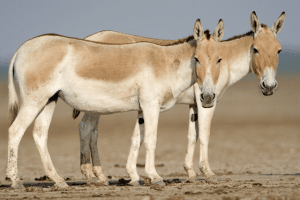
No wild species of equid has either a long floppy mane or heavy feathering and there’s really no evidence that either carries much benefit. These traits were simply selected for by humans because of their aesthetic appeal – they look pretty!
And of course, not everything ‘natural’ is good anyway – nor is every physical characteristic adaptive!
Personal preference
Unlike significantly altering a horse’s tail, which can affect their ability to swat at flies or communicate how they are feeling, shaving the mane and leg feathering is unlikely to hinder the horse and might even carry health benefits and improve welfare.
So when it comes to the practice of hogging, there’s no correct answer – it really is down to personal preference and practicality. And remember, it’s just hair – it will grow back!

